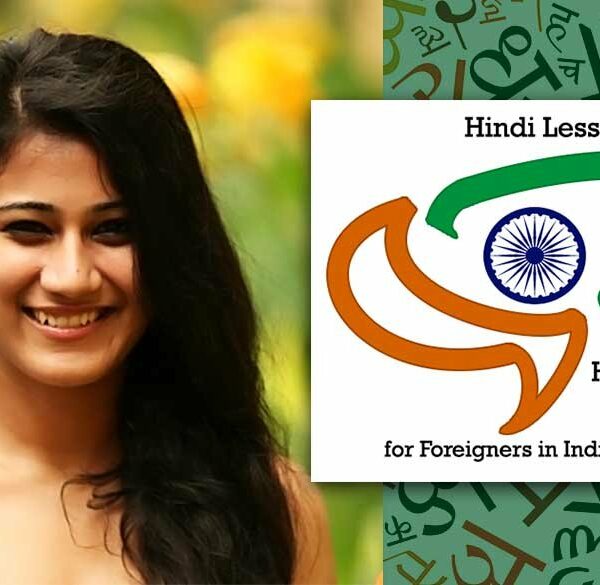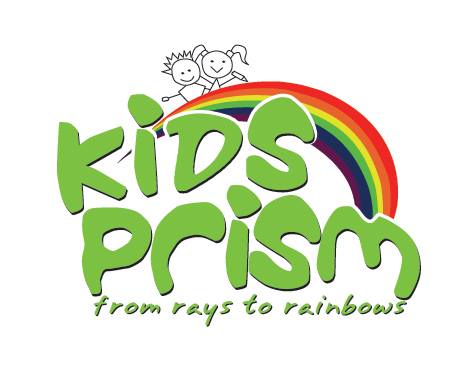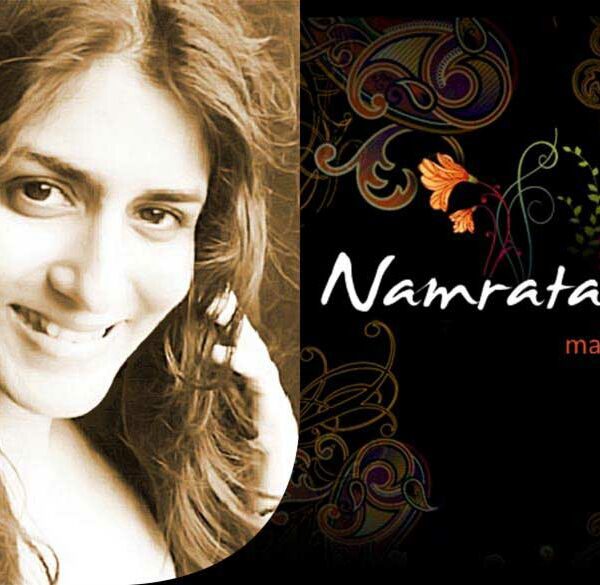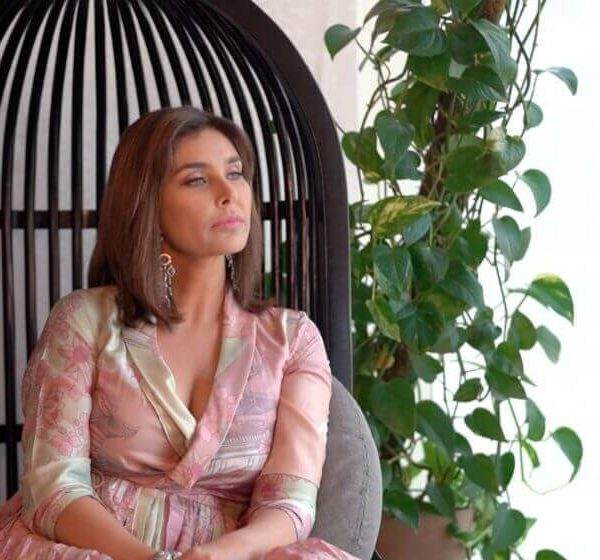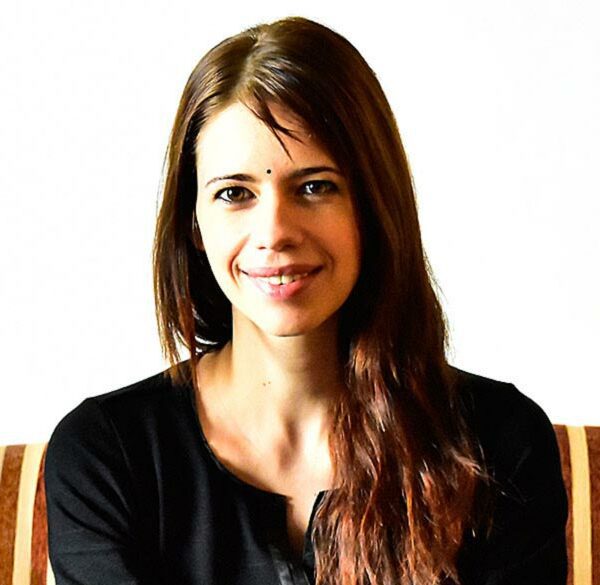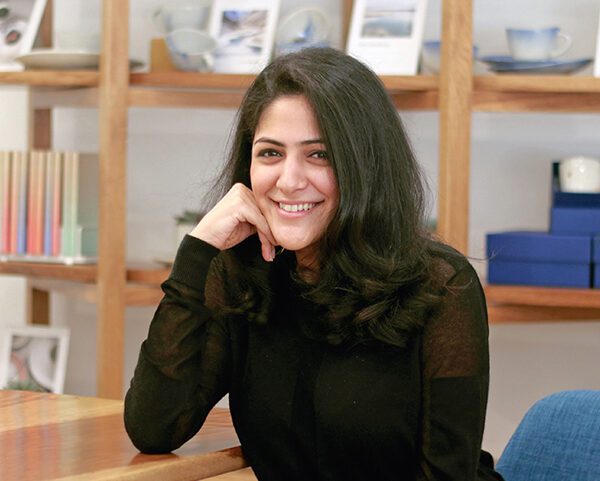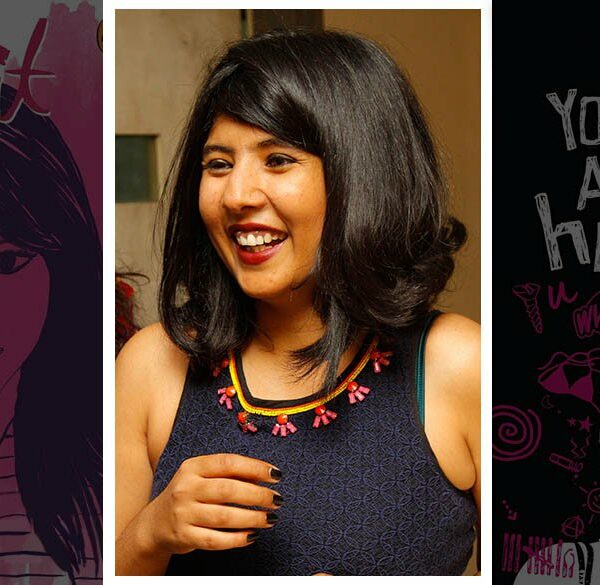Bollywood, as a creative industry, has always had a very notorious image of being immature in its dealings with the art of filmmaking. Despite being the biggest churner of mass entertainment pieces every year, it often loses its foot when the ground demands cinematic pieces of excellence to be discussed and celebrated. Even the regular Bollywood watchers within India are more fond of French and Korean cinema when it comes to artistic satisfaction. For entertainment, they might rely more on American masterpieces than Indian.
Yes, there are some markets like the Middle East and China where Indian cinema is quite popular but even the most intellectual film critics do not contribute this success to techniques.
Political psychologist and critic Ashis Nandy, said in a New York Times interview, that Indian ‘values’ make movies a bigger hit than their American counterparts in some regions of the world. “The maternity of women is such a powerful symbol. But it’s been stripped out of Hollywood films,” says Nandy.
These same values become problematic when it comes to finding empowering stories featuring strong women characters who are not scared of losing their virtuous selves when vulnerable. It might also be because for the longest time Bollywood has dealt with an absence of female writers and directors. The lens through which we see the movies has been put on the eyes of male creators.
To understand if the phenomenon can be rectified by involving more female voices in the writing and technical process, Feministaa.com interacted with Dr. Anindya Sengupta who is an assistant proessor at the department of film studies in Jadavpur University.
In Sengupta’s opinion, a woman writer does not necessarily mean a feminist or anti-patriarchal writer.
He says, “Even if so, in a consumer-oriented, profit-driven enterprise, is the writer or a director in a position to determine every aspect of a film? So, we can only expect relative degrees of sensitivities. I think it depends upon whether the creative person is willing to be individualistic and imaginative in his/her work.”
Sengupta’s statement certainly holds ground. In a world where success equates money, writers and directors are often forced to compromise with their gut and add ‘masala’ elements, sometimes by the producers and sometimes by the creators themselves.
For example, touted as one of the most progressive female-centric films of the time, Veere Di Wedding (2018), written by Nidhi Mehta and Mehul Suri, was promoted as #NotAChickFlick.

As if that wasn’t problematic enough, the movie had a song by Badshah (you know what’s wrong with that even before I state it, right?), called ‘Taareefan’ (yes the portfolio shoot of the two hot, sexy, and fashionable Kapoor Girls of the Bollywood), tainted with the very same sexist slurs and lyrics that the movie was trying to rule out.
Another example can be movies directed by one of the most successful female directors in the industry, Farah Khan. Her movies like Tees Maar Khan (2010), and Main Hoon Na (2004), very conveniently had ill-written women characters whose prime job was to perform item numbers (plays Sheila Ki Jawaani on full volume), or entice the male characters (Amrita Singh becoming the new ‘Poo Bani Parvati’ but with added sex appeal for Zayed Khan).
But all of these movies have been massive commercial successes and if not that, then what drives the Bollywood film industry, whose poster boys have been macho, strong, and mean, while the poster girls (if they get a chance to be) are either sexy or ‘sati savitri’ demure chicks.
Sengupta also reflects a similar opinion as he says that because of the mainstream nature of Bollywood, its portrayal of women is bound to swing between conservative and middling liberal.
“But still, there might be modes which are more sensitive to women’s issues, for example, the erstwhile melodrama of the 1950s, but in my opinion, we have discarded those modes,” he adds.
What Sengupta is talking about are movies like Sharada (1957) and Mother India (1957). Directed by L.V. Prasad and Mehboob Khan and written by Vishwamitter Adil and Mehboob Khan, Wajahat Mirza, S. Ali Raza, respectively, all men, had rather more defined and strong women characters.

Yes, there were still some issues like women’s undying marriage with Indian sanskar and virtues, these women were still empowered with choice and self-worth. For example, in Mother India, when Nargis Dutt’s character Radha goes to submit herself to sexual advances of Sukhilala, she gets a feeling that her husband is alive and that’s when she decided to move out of the place. While the whole concept of not submitting to an evil man because her husband might be alive might seem flawed to feminists, the lady still got the power of choice which is commendable.

If we look at the more recent cinematic pieces with strong female representation, we can see this break from virtues. In Raazi (2018), Alia Bhatt’s Sehmat, though a little hesitant, is unflinching when she points a gun at her husband. Also, director Meghna Gulzar is very clear in communicating that this hesitation doesn’t emerge from her wife duties, but because of the romantic relationship, Sehmat has developed with the man she is married to.
So, if not more female writers and directors, what can bring a more sensitive undertone to the roles of women in Bollywood?
Sengupta says, “Since I am partisan concerning cinema, I don’t think this is possible within a mainstream-industrial framework. Feminist works have always been avant-garde in nature, against institutions, against broader common-sense. Like patriarchy, Bollywood is a majoritarian institution. At best, addressed to the metropolitan middle-class audiences, these films can be liberal in its politics. But unfortunately, that does not guarantee liberation from patriarchy. True feminist work is bound to challenge and oppose mainstream-industrial cinema.”
Sengupta’s point makes a lot of sense. This is because most of these movies with a female-centric alignment have originated from the genre usually termed as parallel — be it Parched (2016), directed by Leena Yadav, Lipstick Under My Burkha (2017), Fire (1998), directed by Deepa Mehta, Bombay Talkies (2013), a collaborative effort by Zoya Akhtar, Dibakar Banerjee, Anurag Kashyap, and Karan Johar, etc. The women in these movies are far more free, self-made, have a goal, and existence without the disturbing male gaze and flashy item numbers.
For women-centric movies to find a better place in the industry, it is important for the audience to be more receptive towards unconventional modes of storytelling, which is a happy change that we have been seeing in the past few years, particularly because of the force that online streaming space has managed to gather. Yet the box office success of these movies is still far from achieved. But with the change in modules of filmmaking and more makers and actors making brave choices, we are hopeful that within the coming future, these movies will be performing even better.
